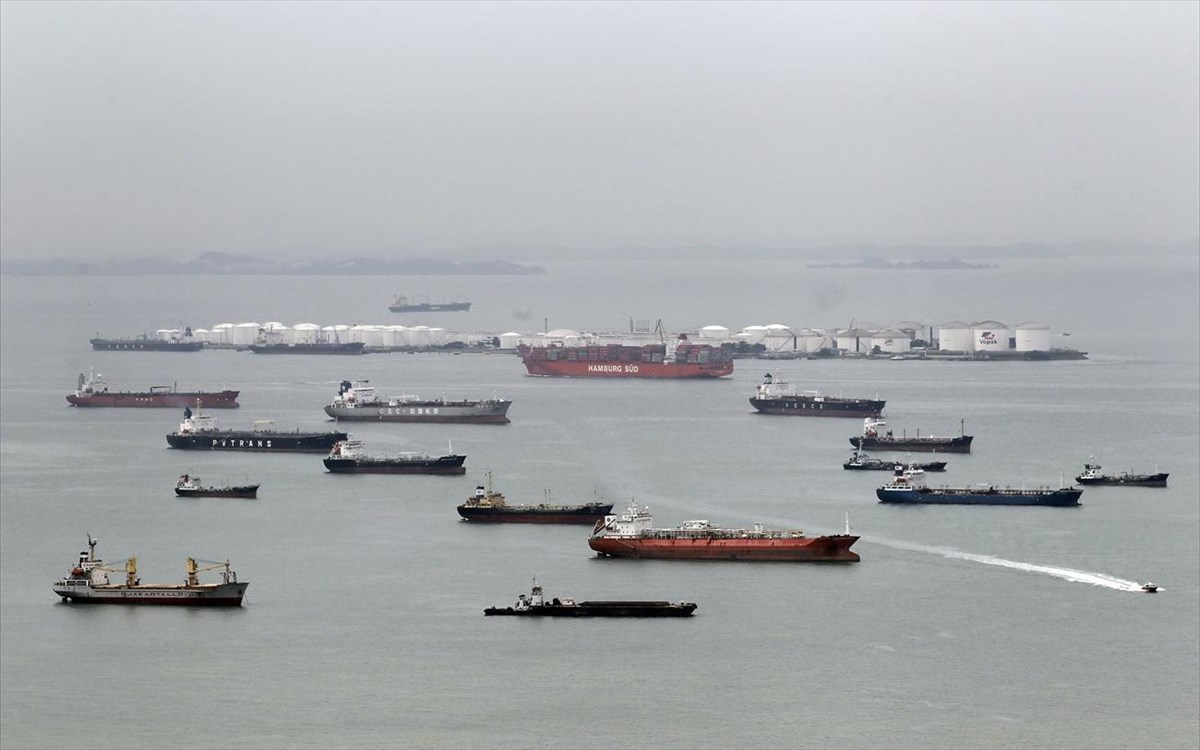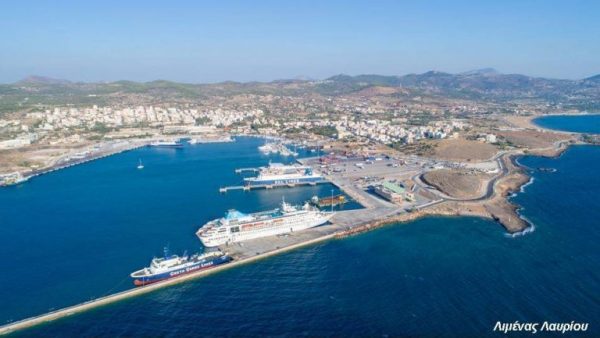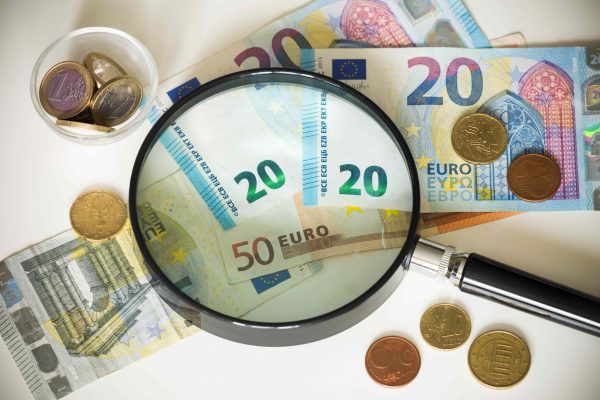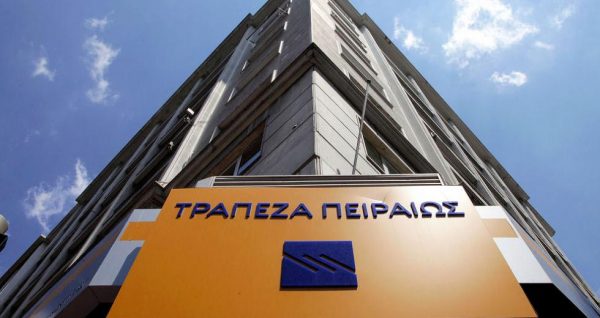
After eleven years of decline, bank loans to global shipping are rebounding. According to the annual Petrofin Research survey, the loan portfolio of the 40 banks that provide the most loans to the shipping industry increased for the first time since 2011 to reach $290.12 billion from $286.9 billion in 2020 (up 1, 12%).
The recovery was mainly driven by Asian and Australasia (APAC) banks which boosted their portfolios from $100.85 billion to $114.75 billion and now hold 39.5% of the global shipping loan portfolio from 35% previously.
On the contrary, the share of European banks fell further, with the largest decrease in the share of German and Scandinavian banks. However, European banking institutions still hold the lion’s share with a financial portfolio of $157.22 billion. However, Greek banks moved higher, expanding their portfolio by 14.2% to 12.48 billion dollars
Regarding the ranking of the banks, the largest loan portfolio is held by the French BNP Paribas with 19.8 billion dollars, followed by China Exim with 18.5 billion dollars and the German kwW with 17.15 billion dollars. The top five are completed by Bank of China with $14.50 billion and Credit Agricole OB with $13.5 billion. Greek banks are in 31st place (Eurobank $3.38 billion), Piraeus 32nd ( $3.25 billion), 33rd (Alpha Bank $3.30 billion) and 36th (National Bank with $2.65 billion).
The smaller banks
According to Petrofin Research, in 2021 many smaller banks also entered shipping finance.
Petrofin’s research even identified a total of 62 banks with a total portfolio of $308.76 billion, while as he points out there are others with local characteristics as a result of which the total bank lending of global shipping is estimated at $340 billion or 2 /3 of the total world financing of ships, which is estimated at 500 billion dollars, which, in addition to bank loans, comes from leasing, private investment funds, stock markets, etc.
Petrofin estimates that due to the Russian invasion of Ukraine, high energy prices, geo-sanctions, higher interest rates, but also slowing global growth and concerns about an impending recession, bank lending has been disrupted as banks have become more cautious, while negatively affected by the lockdowns and economic slowdown and Chinese leasing.
The Russian invasion
However, banks are still interested in new business to maintain their loan portfolios, but sustainable new loan origination is declining. Bank lending margins are being squeezed as shipowners access alternative sources of funding and often opt for higher leverage as opposed to lower margins.
Banks, on the other hand, are taking a wait-and-see approach to new technology and stricter environmental regulations for ships after 2030, while financing packages based on sustainability rules are also being developed. Banks generally want to see where new ship propulsion technology is going, the cost implications and the market support for such ships.
At present, the emphasis of both shipowners and banks is on Tier III newbuildings which appear to represent an intermediate option compared to more advanced technologies.
Latest News

Lavrio Port Authority Next Up for Privatization
A deadline for the submission of expressions of interest is May 14, 2024

Eurostat: Greece Records Largest Drop in Natural Gas Prices in 2nd Half of 2023
The price of electricity and natural gas in Europe was down following a substantial surge that began before the Russian invasion of Ukraine and peaked in 2022

GEK TERNA Still Considers Leveraging Concessions Portfolio as Financial Tool
President and CEO of Gek Terna George Peristeris explained the company's plans on Tuesday on the sidelines of the inauguration of sections of Greece's E65 highway

NielsenIQ: 3% Supermarket Revenue Increase in Q1
Private label products are gaining traction, comprising 25.4% of shopping basket shares, up from 24.7%

Store Hours Change Today in Observation of Orthodox Easter
The President of the Athens Chamber of Commerce hopes the Easter period will provide a much-needed boost to retail traffic in the capital

Athens-area Mass Transit Systems Set to Finally Install Contact-less Fare Payment
Paying fares via bank cards, smartphones and smartwatches in all mass transit systems in the Greek capital, namely, buses, trolleys, the metro and tram lines, is scheduled by the end of the year

Council of State Rejects Motion Against Thessaloniki Motorway Project
The motion was filed earlier this month by three local citizens’ and environmental groups and generated a high court decision for a temporary stay in construction

Greek 30Y Bond Issue Oversubscribed by 11 Times
Very high demand pushed down the coupon's interest rate to 4.125%

Athens Int’l Airport Wins Top Prize at Routes Europe Awards
The Routes business is focused entirely on aviation route development and the company's portfolio includes events, media and online businesses

IOBE: Income Gap Between Poor and Wealthy Greeks Widens
The findings in the analysis, entitled “Progressivity in Income Taxation in Greece, 2012-2021", paint a bleak picture for Greeks in the bottom half of the income bracket, warning that income inequality is growing












































 Αριθμός Πιστοποίησης Μ.Η.Τ.232433
Αριθμός Πιστοποίησης Μ.Η.Τ.232433